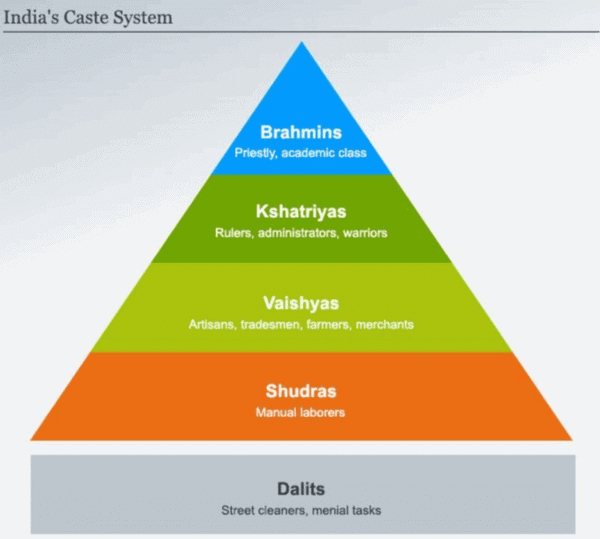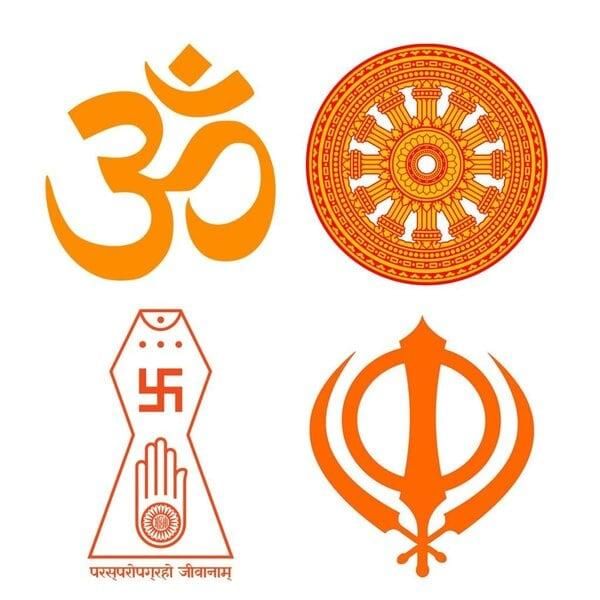|
What major religions originated in ancient India and how did they influence each other? |
Card: 3 / 20 |
|
Hinduism, Jainism, and Buddhism originated in ancient India and influenced each other, contributing to a complex and harmonious religious landscape. |
Card: 4 / 20 |
|
False. The caste system has implications for individuals across different religions in India, as many retain caste practices regardless of their religious affiliation.  |
Card: 6 / 20 |
|
The birth of writing in ancient India allowed for the ___ of knowledge across generations. |
Card: 7 / 20 |
|
True or False: The concept of Bharatavarsha represented a fragmented understanding of the Indian subcontinent. |
Card: 9 / 20 |
|
False: Bharatavarsha represented a unified understanding of the Indian land, despite its vast diversity. |
Card: 10 / 20 |
 Unlock all Flashcards with EduRev Infinity Plan Starting from @ ₹99 only
|
|
How did languages like Prakrit and Sanskrit contribute to the cultural unity of ancient India? |
Card: 11 / 20 |
|
Languages like Prakrit and Sanskrit helped unify the people by providing a common linguistic framework for communication and cultural exchange.  |
Card: 12 / 20 |
|
True or False: The caste system in India was abolished and has no influence on modern society. |
Card: 15 / 20 |
|
False. The caste system continues to influence social dynamics and practices in contemporary India. |
Card: 16 / 20 |
|
What is the primary reason some individuals maintain caste practices after converting from Hinduism? |
Card: 17 / 20 |
|
Caste practices are deeply ingrained in social identity and culture, making them difficult to abandon even after religious conversion. |
Card: 18 / 20 |
|
Fill in the blank: The caste system is a unique social structure that developed in ___ and is persistent across various ___ in India. |
Card: 19 / 20 |





























